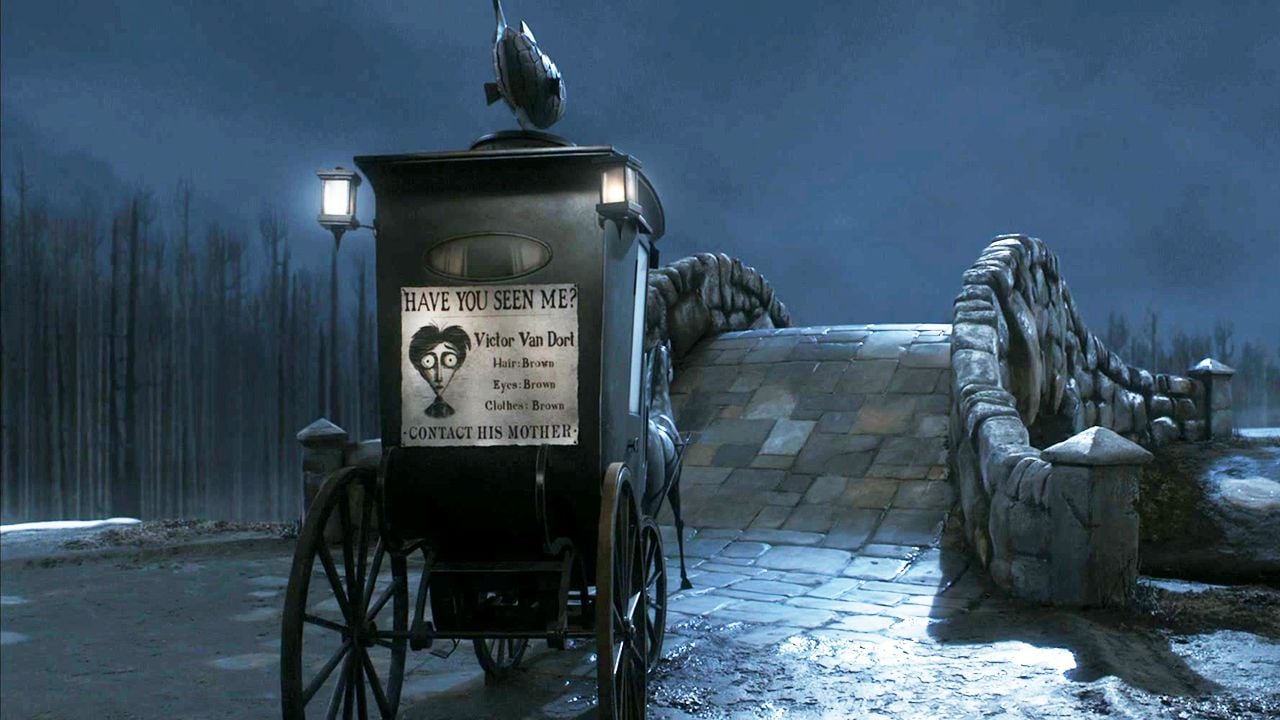Tár: Cate Blanchett at the top of her art
Tarreleased in 2023 and directed by Todd Field, it is an intense psychological drama that explores themes of power, ambition and the consequences of our personal and professional choices. At the center of the film is Lydia Tár, a world-renowned conductorplayed by Cate Blanchett. Through this complex figure, the film questions the boundaries between genius and excess, and highlights the fragility of those who seem to be able to control everything.
The film begins with an interview with Lydia Tár, considered one of the greatest conductors of our time. At first glance, he seems to embody excellence and idealism in the world of classical music. However, as the plot progresses, the viewer is confronted with duality of his character : a powerful and admired woman, but also marked by profound flaws, both professionally and personally.
What does he do “Tar” Particularly captivating and disturbing is the way the film gradually reveals the underlying dysfunctions in Lydia’s life. The story, far from being linear, plays with the viewer’s perception by presenting events of fragmented and often ambiguous manner. This play with the narrative creates a constant tension, where it becomes difficult to know who or what to trust, as if, like its main character, the film itself oscillates between mastery and chaos.
As the film progresses, Lydia Tár finds herself having to deal with personal scandals and accusations that undermine her authority and public image. This progressive destabilization, fueled by rumors and revelations, adds another layer to the psychological drama and encourages the viewer to question the boundaries between truth and manipulation.
Implicitly, the film questions the morality of Lydia’s actions and the consequences of her choices, without ever trying to offer simple answers or judge her character.
Todd Field’s direction, sober but impactful, plays a fundamental role in the intensity of the film. The use of classical music, both as a narrative driving force and as a reflection of Lydia’s internal torments, accentuates the effect of tension and chaos that builds throughout the story. The film is therefore a sensorial as well as intellectual exploration, where every detail contributes to total immersion in the complex universe of the main character.
How to understand the end of the film?
The end of “Tar” it leaves a complex and disturbing impression, and several elements of the conclusion open the way to multiple interpretations. After a series of scandals that ruined her reputation, Lydia Tár found herself in Southeast Asia, conducting an orchestra in an inglorious environment : a performance at a cosplay event Monster Hunter in front of an eclectic audience. This abrupt ending stands in stark contrast to the prestigious career of Lydia, who was once a model of artistic sophistication and power in the world of classical music.
The final scene, with Lydia in a degraded context, embodies not only a social fall, but also a dehumanization of her character. The staging seems to suggest that, after her personal and professional scandals, Lydia finds herself diminished to a marginal rolethat of an orchestra conductor whose greatness is only a distant memory. Far from the symphony stage, she leads a group in a much less respectable environment, a contrast that symbolizes the gulf between her former power and the current reality of her status.
This dizzying fall raises several questions. Some interpret this ending as a retrospective of the ways in which Lydia abused her power, particularly by manipulating her relationships with others, as shown in her treatment of assistant Petra (Nina Hoss) and young musician Krista ( Zethra Jansen). Lydia’s isolation and degradation, marked by the final scene, can be seen as a metaphor for punishment for her actions, a form of justice for her abuse, and her insatiable pursuit of perfection.
For others, the end of “Tar” arises from a more philosophical reflection on the artist’s disconnection from reality. Lydia, having sacrificed her integrity to reach artistic heights, seems to have lost all contact with the true nature of art and music. Conducting an orchestra in such a degrading environment, with spectators more interested in their own entertainment than in musical excellence, could symbolize the loss of the deeper meaning of music and art, reduced to mere spectacle.
Finally, some observers believe that the final scene may be an illusion or a waking nightmare, a projection of Lydia’s thoughts, who, overwhelmed by guilt and self-destruction, experiences her fall into a parallel world. This interpretation suggests that Lydia is trapped in her own lies and illusions, unable to face the consequences of her actions.
Source: Cine Serie
Ray Ortiz is a journalist at Gossipify, known for his coverage of trending news and current events. He is committed to providing readers with accurate and unbiased reporting, and is respected for his ability to keep readers informed on the latest news and issues.









